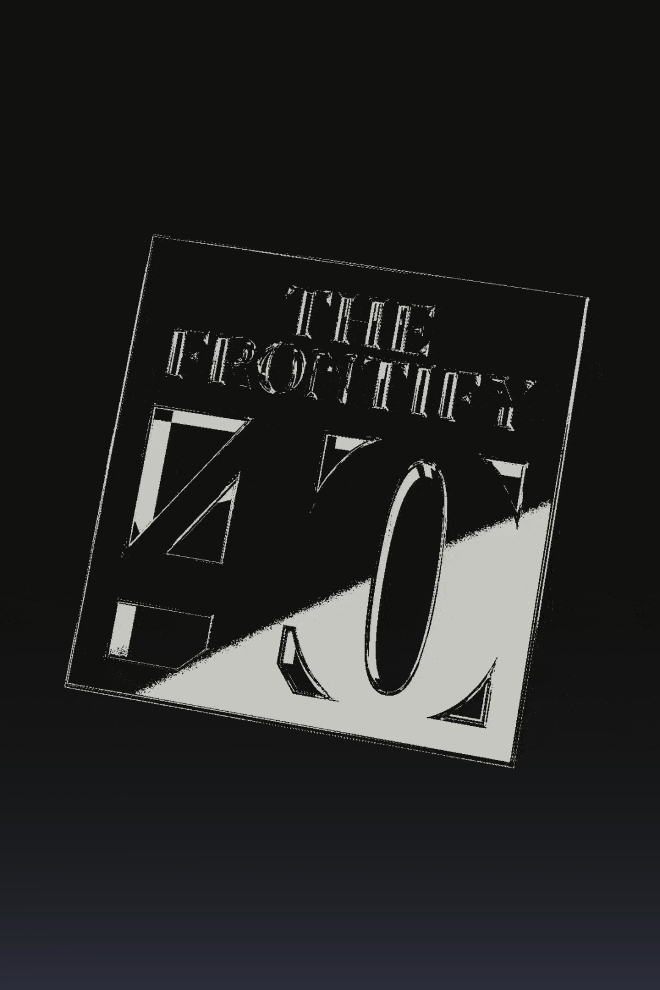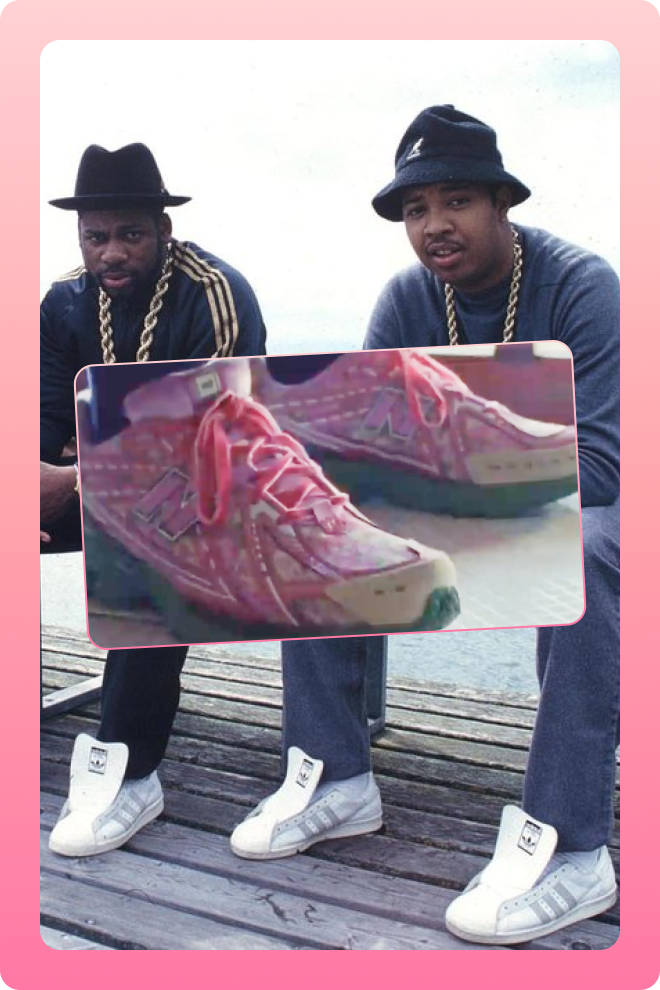- Design for evolution, not perfection
- Create modular assets that can be recombined
- Build regenerative systems, not static guidelines
- Reduce digital waste through smart asset management
- Track the carbon footprint of your brand ecosystem
Key Takeaway: The most sustainable brand isn't the one that never changes — it's the one designed to evolve without waste.
As brands embrace sustainability in product design, packaging, and supply chains, one area remains stubbornly linear — branding itself.
Most identity systems are still built for static launch moments, not ongoing evolution, which results in bloated guidelines, endlessly duplicated assets, and costly refresh cycles that quietly rack up environmental and creative debt.
But that's starting to change.
A new wave of brands is rethinking the design chain with modular identity systems and flexible kits that minimize environmental asset waste and maximize creative reuse.
They're applying the principles of the circular economy — reduce, reuse, recycle, and regenerate — to the creation and management of brand identities.
“The idea of good design has shifted from a focus on functionality and aesthetics to encompass experience, sustainability, and inclusivity,” fashion designer Foday Dumbuya 1 told The Guardian.
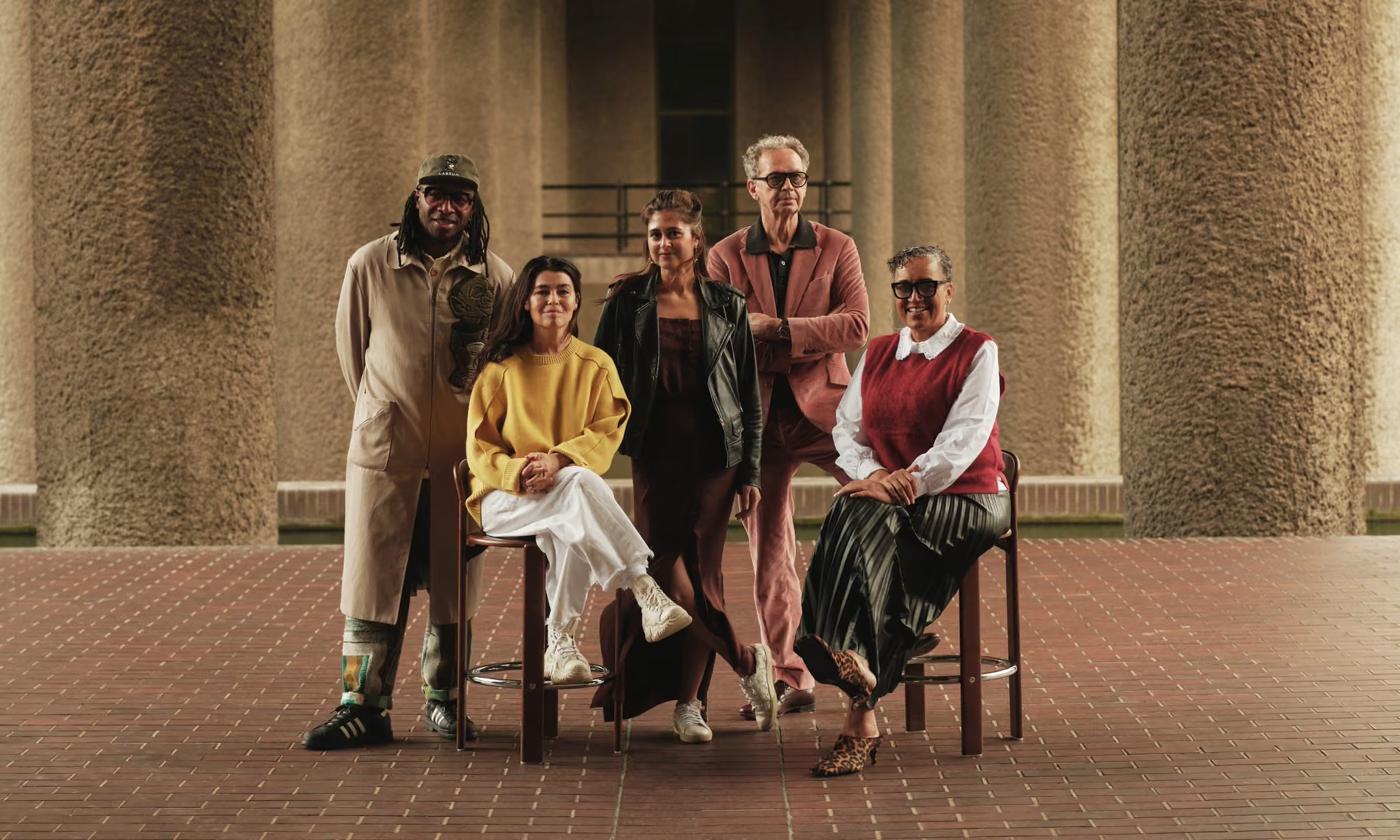
1The Design Council’s ‘25 for 2025 World Design Congress Trailblazers’ profiles 25 designers from around the globe that are innovating and reshaping the industry, ahead of the World Design Congress London 2025.
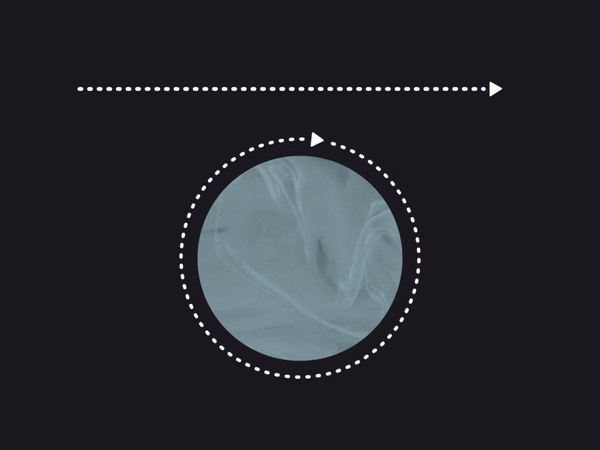
2In 2024, the EU implemented new legislation requiring nearly all products sold in the union to have a digital product passport (DPP) in place. The goal was to improve the transparency of a product's value chains.
"It prioritizes environmental responsibility, embraces technology, fosters collaboration and promotes circularity, reflecting a broader understanding of design's impact on society and individuals."
From the US to the EU, tightening regulations like the Ecodesign for Sustainable Products Regulation (ESPR), Digital Product Passports (DPPs), and the Corporate Sustainability Reporting Directive (CSRD) are raising the bar for sustainable operations — branding included 2.
The branding process is often overlooked in environmental strategies, yet the digital sector is responsible for 3.4% of annual greenhouse gas emissions — a figure set to rise as AI increases demand for computing power.
Despite this, only 1.9% of marketing budgets currently go toward sustainability, according to the 2024 CMO Survey, with projections showing this increasing to just 4.5% within five years.
This disconnect represents an opportunity.
A circular approach focuses on identity assets that can evolve, be reused, or repurposed over time, minimizing waste from constant rebrands. When adaptability and modularity are embedded into guidelines, updates and localizations become seamless — without starting from scratch.
Consider the pioneers: Patagonia adopted a modular approach to brand design 3, enabling asset reuse across markets and reducing production cycles.
IKEA’s Life at Home report 4 uses a consistent design framework year after year, cutting resource use without compromising clarity.
3In 2022, Patagonia announced they were “going purpose” instead of going public, transferring all assets to two legal entities. This ensured that every earning not reinvested into Patagonia would be paid as a dividend to a fund dedicated to financing environmental projects.
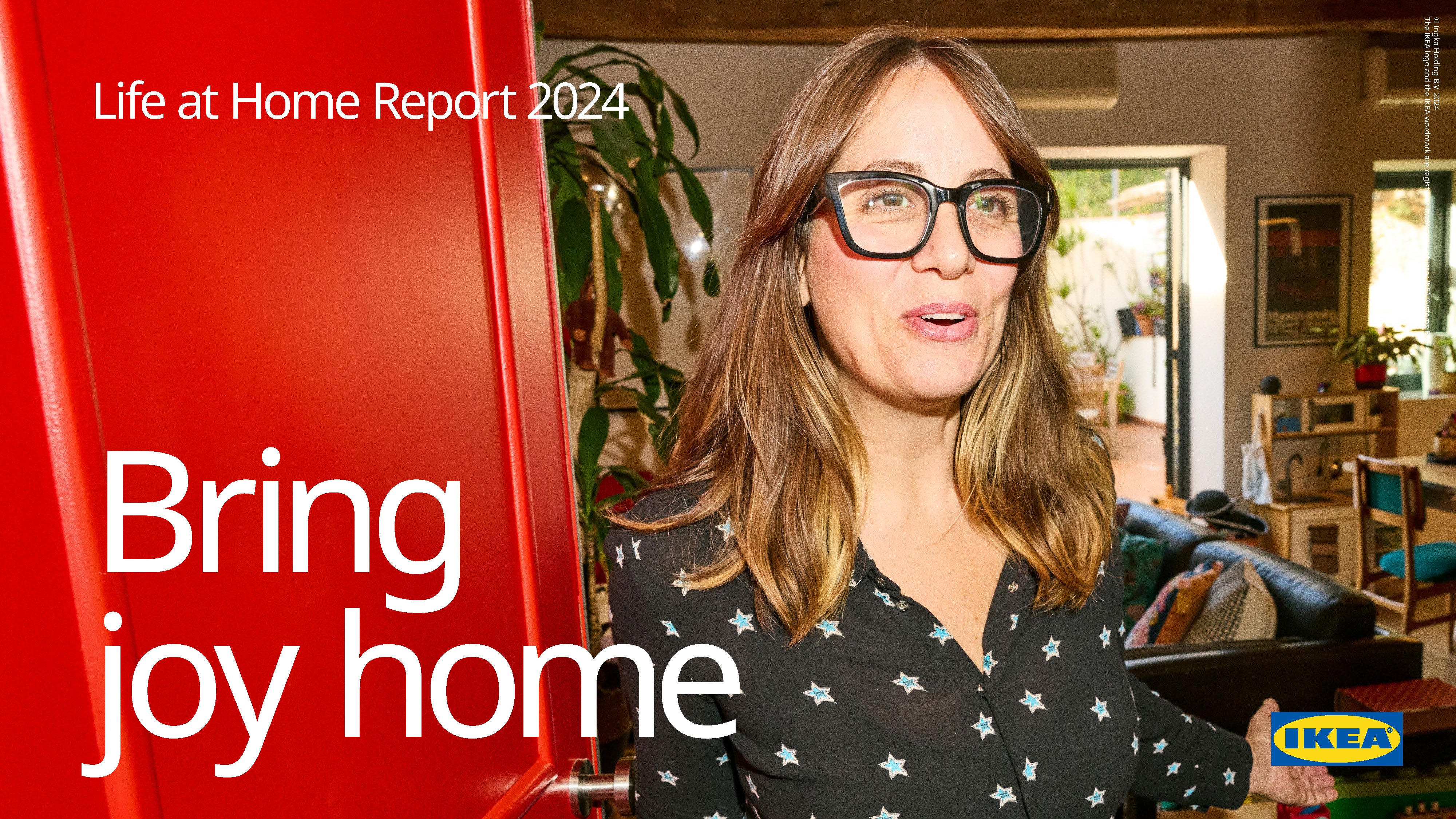
4Every year for their Life at Home report, IKEA speaks to people around the world to find out what life at home means today, and how we can help make it better.
IBM's open-source Carbon design system 5 creates efficient, localized experiences across digital touchpoints.
Circular branding isn't just ethical — it's strategic. It reduces costs, fosters innovation within design teams, builds consumer trust through transparency, and offers clear differentiation in an increasingly sustainability-conscious marketplace.
With 65% of people expecting companies to take a stand on social and political issues (according to the Edelman Trust Barometer), brands that embed regenerative approaches throughout are better positioned to attract conscious consumers.
Looking ahead, expect more brands to adopt modular kits, “low-carbon” content protocols, and living systems designed not for permanence, but for evolution and regeneration.
The question isn't whether your brand needs to evolve — it's whether you'll build a system that wastes resources with every change.
5By using the pre-built and universal assets of Carbon, time spent designing and building is minimized. Instead of building and re-building basic elements, they can spend that time customizing their products to address specific client use cases.
